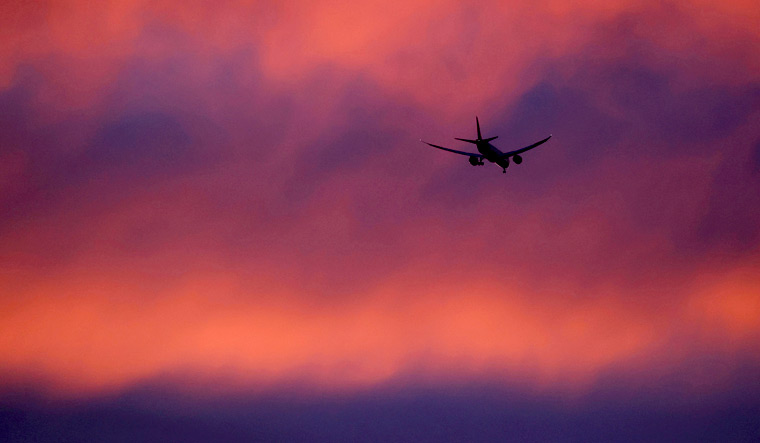Air travel, one of the biggest polluters as far as carbon emissions go, is trying its best to clean up its act. Literally and figuratively. Estimates by the industry body IATA, or the International Air Transport Association, on the eve of World Environment Day, say the production of environmental friendly SAF, or sustainable aviation fuels, is set to triple to nearly 2 billion litres this year.
“SAF will provide about 65 per cent of the mitigation needed for airlines to achieve net zero carbon emissions by 2050. So the expected tripling of SAF production in 2024 from 2023 is encouraging. We still have a long way to go, but the direction of exponential increases is starting to come into focus,” said Willie Walsh, IATA’s Director General.
IATA called on world governments to accelerate policy push to encourage SAF production and endeavours by airliners to use it on regular flights.
India’s ministry of civil aviation is working on a strategy to use 1 to 5 per cent SAF on regular commercial flights in three years time. Back in 2018, SpiceJet had run a commercial flight from Dehradun to Delhi with a 25 per cent SAF blended with regular aviation fuel, which made use of biofuel produced by the Indian Institute of Petroleum using Jatropha seeds. Companies like Pune’s Praj have been working on producing SAF in India, though these are in elementary stages.
Last year, Vistara ferried its wide-bodied Boeing 787 ‘Dreamliner’ from a US Airport to India using a blend of 30 per cent SAF and 70 per cent regular petroleum jet fuel (ATF or Aviation Turbine Fuel). After this, Vistara also flew a Delhi-Mumbai domestic flight using the Dreamliner, this time with a 17:83 mix of SAF and ATF.
Through the International Civil Aviation Organisation (ICAO), the global target is to reduce 5 per cent carbon dioxide emissions from flights through the use of SAF. This would mean 27 per cent of all aviation fuels must be SAF — it currently stands at a paltry 3 per cent.
“Plans that we have seen so far are far from sufficient. Governments have set clear expectations to achieve a 5% CO2 emissions reduction through SAF by 2030 and to be net zero carbon emissions by 2050. They now need to implement policies to ensure that airlines can actually purchase SAF in the required quantities,” said Willie Walsh.
SAF refers to bio jet fuel used to power aircraft and lower their carbon footprint. These are generally biomass-derived fuel from plants, animals or used cooking oil. A range of items have been certified as SAF, right from hydro processed fermented sugars to synthetic paraffinic kerosene to alcohol-to-jet synthetic paraffinic kerosene. Parallely, there is also work happening on developing airplanes that run on electricity, with Sweden’s Heart Aerospace being one of the pioneers in this area.



